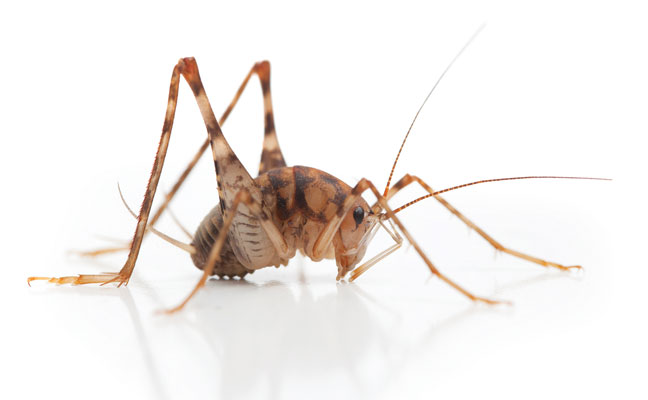
Without a head’s up, camel cricket carcasses can be concerning for customers. Photo: Terryfic3D/iStock / Getty Images Plus/Getty Images
Goodbyes leave a lasting impression.
When parting ways with a loved one, a botched farewell can leave both parties feeling uneasy. In professional encounters, the last thing you say is just as important as the first impression. That’s because it can influence your customer’s behavior when it comes to the time leading up to the next scheduled service, and might result in a callback.
When finishing a service, don’t say things like, “Nothing to report today.” There is always something to report. Give your client what they paid for: your professional knowledge and expertise.
In addition to a lighthearted “I didn’t see any pests, I guess we are doing our job,” remind your client what they should be on the lookout for between now and the next service, and list the actions they should take to help keep pests at bay.

Jim Fredericks
Tell them what they can expect from the service you provided. For example, treating the sill plate and band board in a basement during late summer or early fall often can result in lots of dead camel crickets (Rhaphidophoridae). If you fail to prepare your client to expect to see some carcasses, it might result in a callback. Instead, let them know up front there’s no cause for alarm, and it’s all part of the plan.
Last but not least, never tell customers to “Give us a call if you see anything.” A single pest sighting shouldn’t result in a callback, so don’t encourage clients to do it. Instead, help them define an action threshold. For example, tell them they will likely see more ants in the vicinity of the bait that was applied, but they can call you if ants show up in the untreated areas or if they have questions.
Goodbyes are hard enough as it is, without creating unnecessary callbacks, too.
Leave A Comment